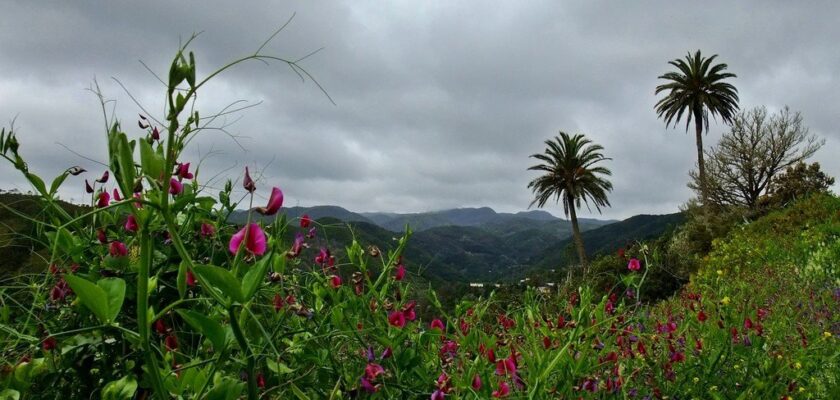La Gomera Island
La Gomera is a small island in the Canary Islands. For decades, tourists have been coming here, avoiding the massive crowds. Date palms and banana plantations surround an often mist-shrouded central plateau with ancient laurel groves. This is Garahonaia National Park, which includes some 400 species of flora that began to disappear in Europe and Africa millions of years ago. There are well-marked trails and organized hikes with instructors. Information can be found in the main town of San Sebastian de La Gomera, Playa de Santiago and the idyllic Valle Gran Rey.
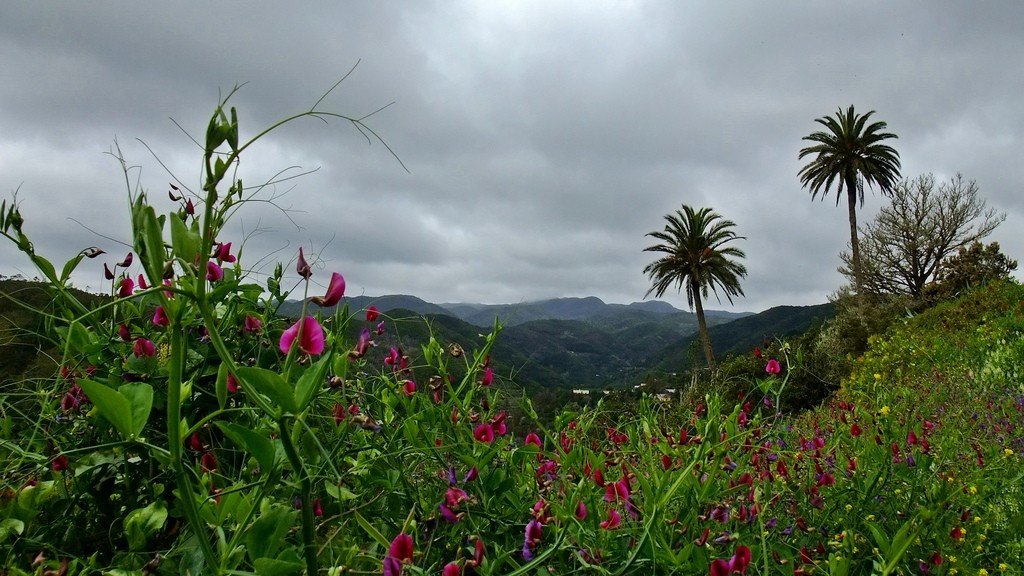
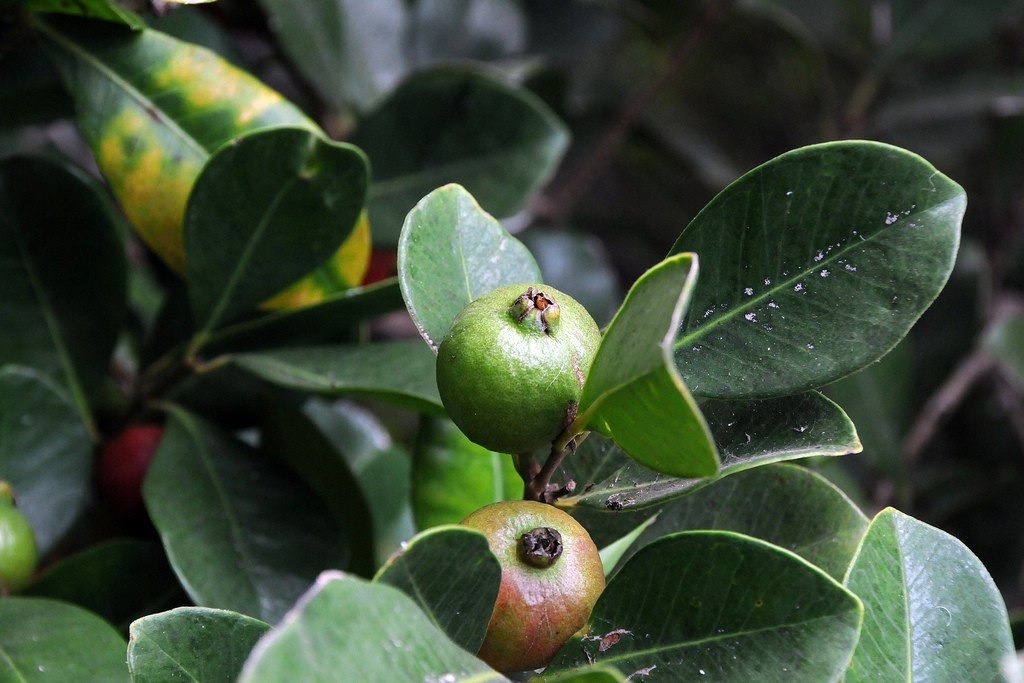
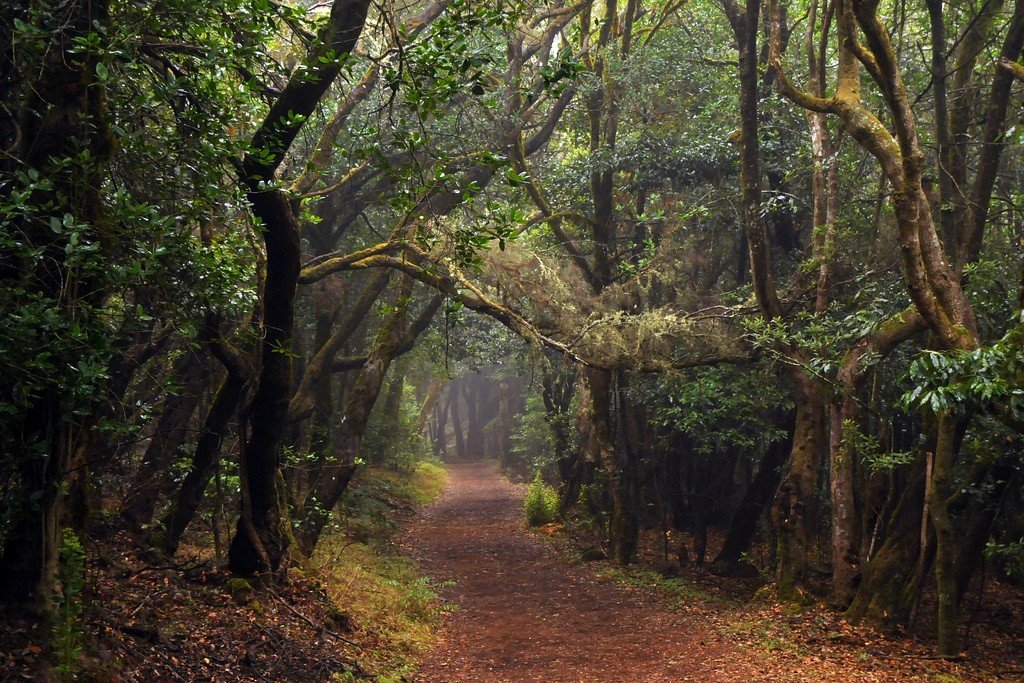
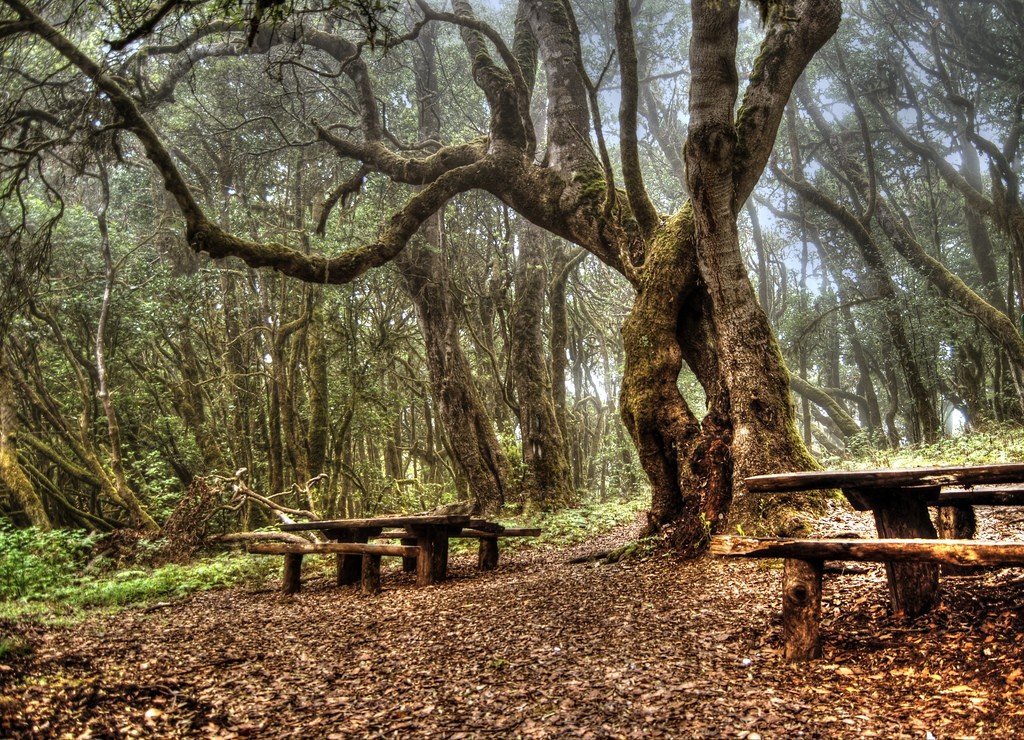
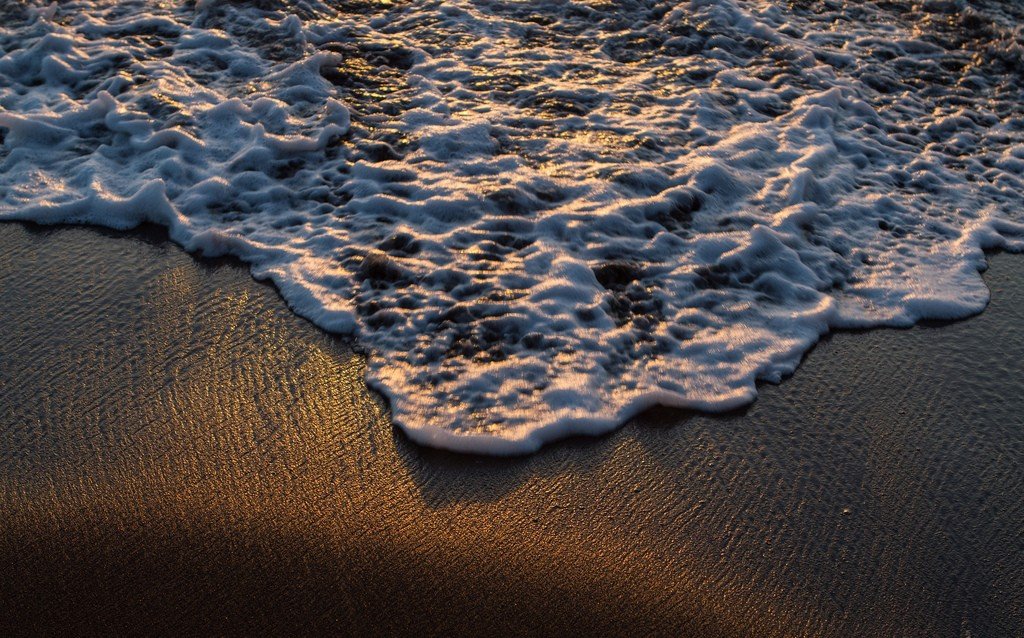
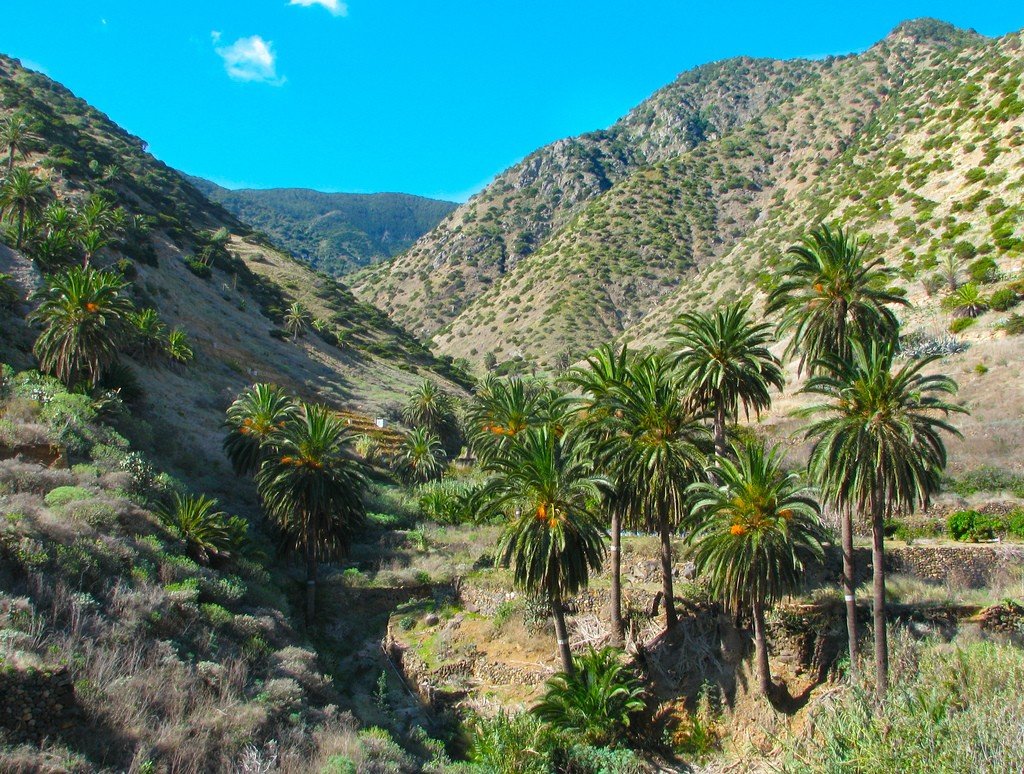
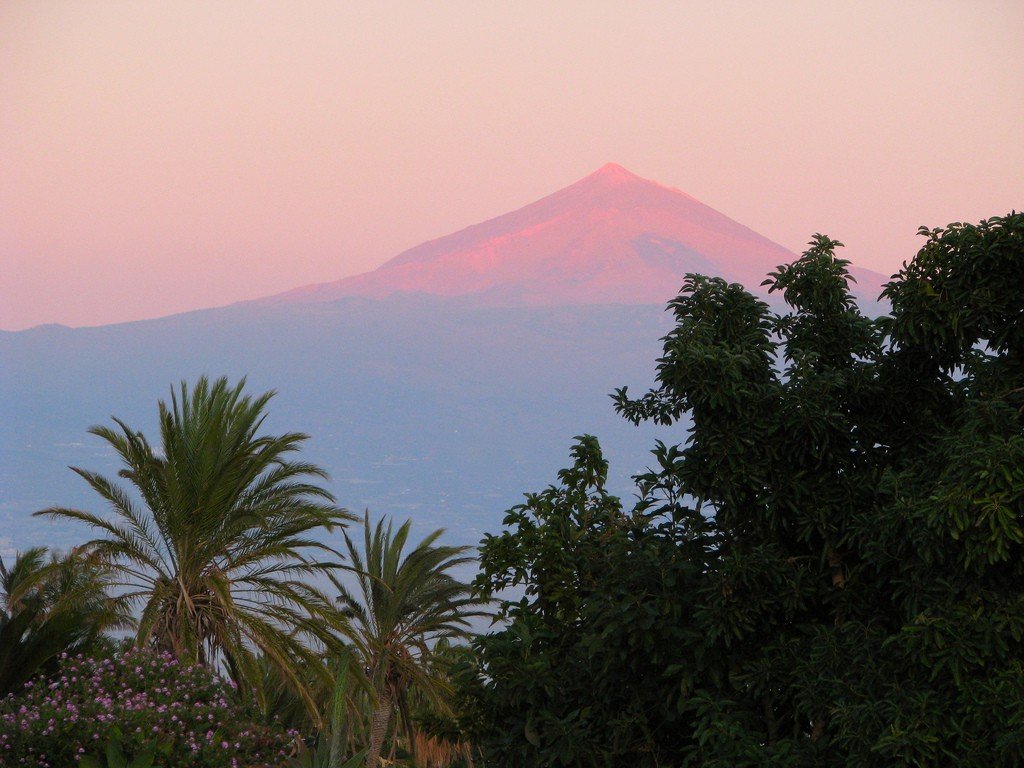
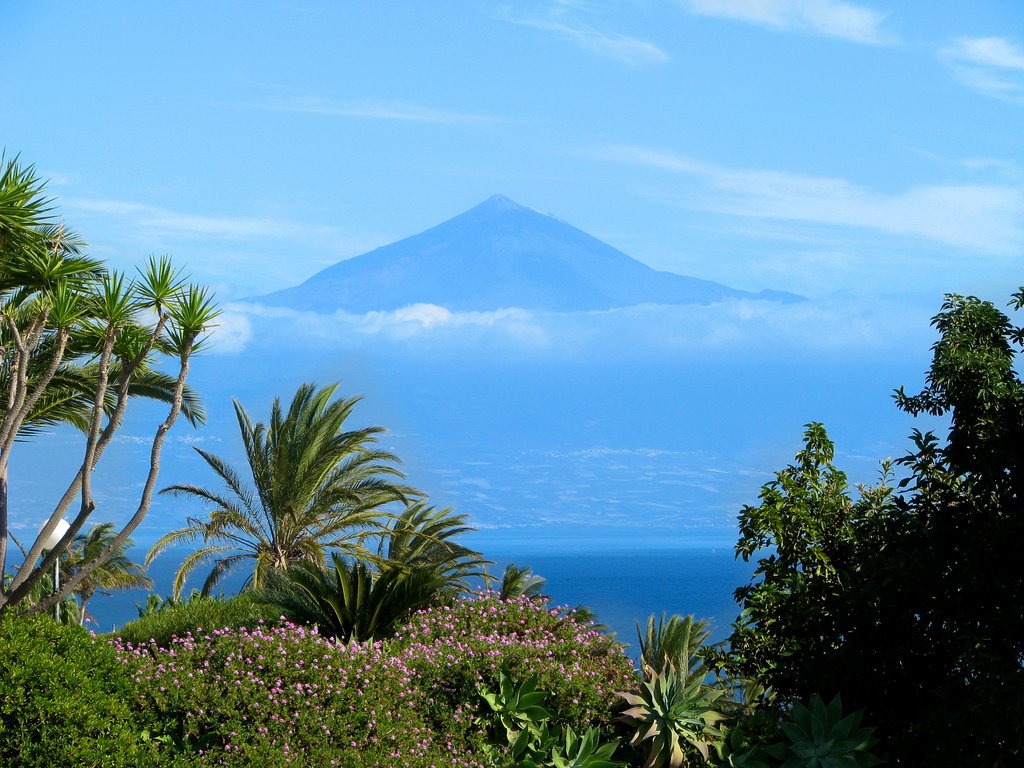
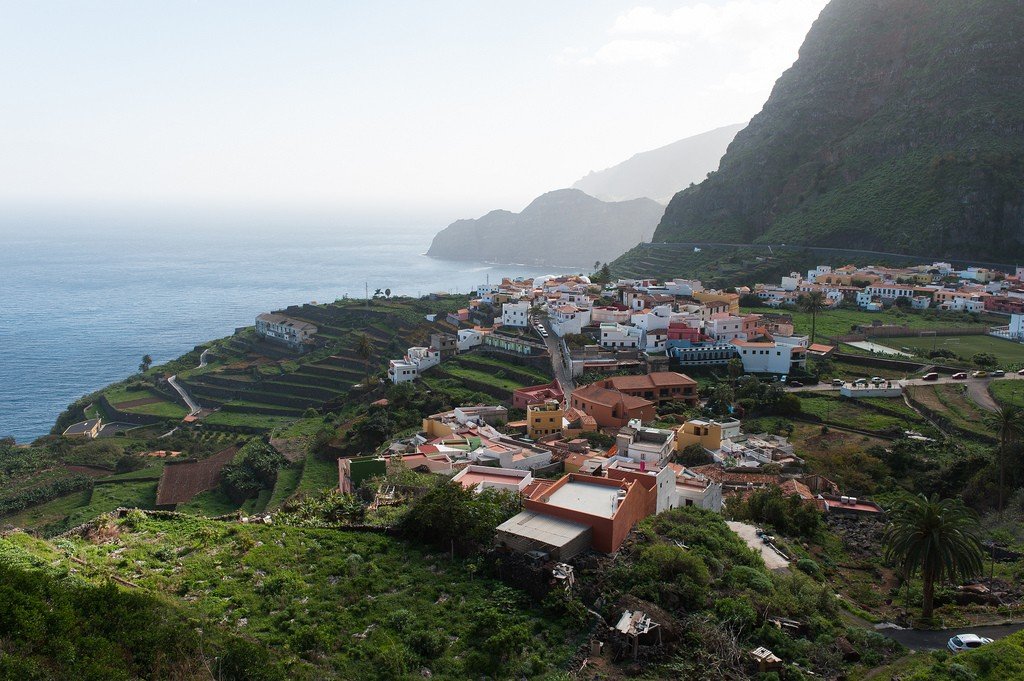
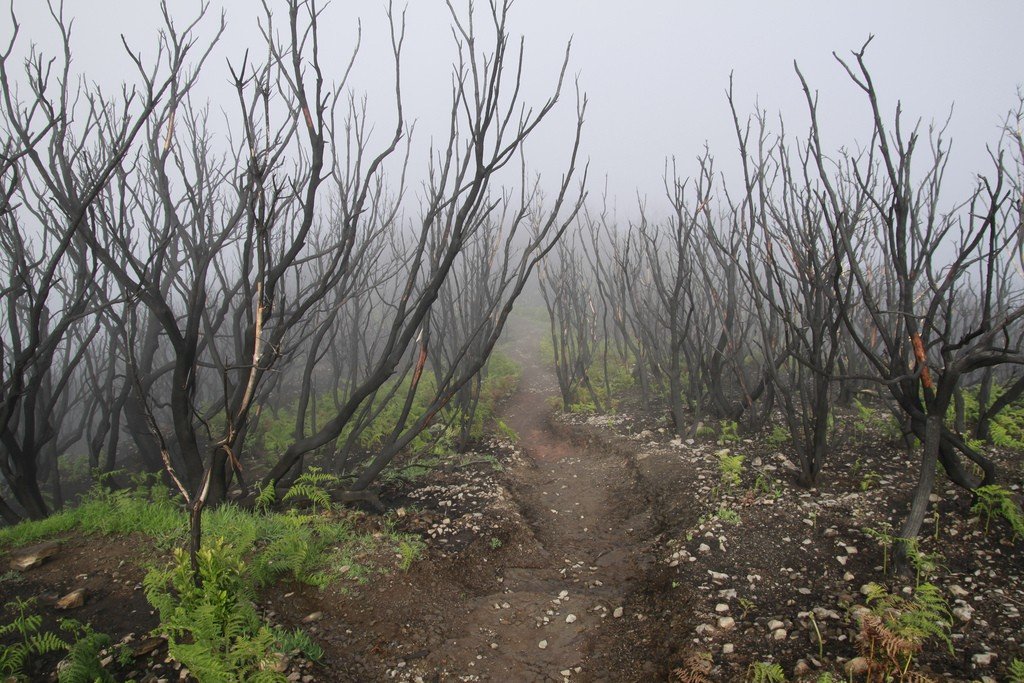
Video: La Gomera Island
ContentsHighlights
The round island of La Gomera is part of the province of Santa Cruz de Tenerife. The island has an area of 378 km² and a population of 16,000. It is a rather mountainous islet, along which there are long winding roads. The coastline is lined with picturesque steep cliffs. There are few beaches on the island, but there are plenty of deep green valleys bordered by narrow fields rising on the slopes of the mountains. These valleys are often shrouded in clouds driven by the trade winds. One third of the island is divided into 17 UNESCO protected areas.
.La Gomera can be reached by ferry or plane from neighboring islands. The airport is in the southern part of the island, off Playa de Santiago, and the port is in the capital San Sebastian..Сан-Себастьян
San Sebastian (population 6,200) is a small town on the island of La Gomera, where Columbus’ ships stopped in September 1492 to stock up on water and food. Everything here reminds of Columbus. In the main square, the Plaza de las Americas, there is a mosaic depicting the route of Columbus’ expedition. Under a large tree is the customs building. It is believed that Columbus drew water from the well here and set sail for the New World. The only street of little length, Calle del Medio, also associated with the name of the great navigator, runs from the square. The church of the Virgen de la Asunción was built between 1490 and 1510. It seems so old that it’s easy to imagine Columbus praying in its gloomy nave in 1492 – a memorial plaque reminds us of this, by the way. A little further on is Columbus’ modest house (open Mon-Fri 10 a.m.-1 p.m., 4 p.m.-6 p.m., free admission), where the navigator lived during his stopover on La Gomera. Local authorities restored the house, and today a collection of pre-Columbian ceramics from Latin America, as well as items related to Columbus’ expedition, are on display.
.North
The road from San Sebastian goes steeply upwards and the views become simply stunning. La Gomera’s highest mountain, the Alto de Garajonay, at 1,487 meters, is not too big by Canarian standards. However, the whole island will seem like an intimidating maze of fantastic gorges. The small town of Ermingua is the largest on La Gomera after San Sebastian. Check out the crafts center of Los Telares. From here you have a beautiful view of the green, fertile valley. Taste the local Mistela liqueur and watch women weaving blankets and rugs on ancient looms. Further on you will get to Agulo, a cute little town located right on the cliff. Its main attraction (besides its picturesque location) is the church of San Marco, topped with a dome. This church was once a mosque. A mighty laurel tree grows in the square in front of the church.
.
Before the town of Las Rosas, turn away from the sea and enter the Garajonay National Park. This region was designated a World Heritage of Humanity by UNESCO in 1986. The Huego de Bolas Visitor Center (open daily 9.30-16.30) has a small ethnographic museum and a garden of local herbs. Here you can get all the information you need.
.Further on, the road passes through the park, which covers 3984 hectares, and leads you to a restaurant near La Laguna Grande. This is a cozy, welcoming place, very popular with tourists. The restaurant doesn’t boast a beautiful view – there is almost constantly a thick fog shrouding the old, mossy trees. Gomera is almost constantly shrouded in dense fog from the trade winds. Due to the high humidity, subtropical plants such as laurel, cedar, juniper and olive trees, ferns and epiphytes (non-parasitic plants that live on other plants) do well here.
.South
If you head south from San Sebastian, you’ll pass three mighty volcanoes and come to the winding road of Degollada de Peraza. It offers magnificent views to both north and south. Follow the road to a fork, and then turn left instead of right, towards Garajonay, and follow the very winding road to Playa de Santiago (and the airport).
.This is the second seaside town on the island besides San Sebastian. It has a small harbor and a small pebble beach. But the main attraction is the picturesque cliffs to the east of the town. Here Norwegian shipbuilder Fred Olsen created the magnificent resort of Ticina Garden, whose guests live in Canary style villas.
.On the way back, you pass the airport. At Igualero, turn left (west). A small road takes you to Las Islas. Stop in the town of El Sercado, where traditional pottery is still made in a unique way – without a potter’s wheel. Here you can see the masters at work and then buy the results of their labor. The prices will surprise you – they are as steep as the cliffs of La Gomera.
.From Las Ayas, head towards Arura. At Aroure, turn left and you’ll come to a small wine cellar selling wines from La Gomera and other Canary Islands. There are about 300 hectares of vineyards on Gomera. The grapes here are grown on steep slopes and small terraces. Stop at the highest point where there is an observation deck and the Escuela Restaurant, built by Cesar Manrique. From here you have a magnificent view of the verdant Gran Rey Valley. Locals have set up many terraces in this deep fertile gorge and grow a wide variety of fruits and vegetables.
.
This is also a favorite vacation spot for Europeans who come to the Canaries in search of peace and quiet.
.Where the valley faces the sea, there is the small town of La Calera with many boutiques and restaurants. The small town of Balle Grand Rey has a black sand beach, several bars and restaurants, and a dive center. Returning to the valley, follow through Aroure and turn right at the T-junction. This road passes through the southern part of the national park and will take you to San Sebastian.
.Island delicacy
Guarapo is a delicacy of La Gomera. To make it, the sap of the Canary palm tree is boiled over low heat until it becomes a thick, dark, honey-like syrup.
.